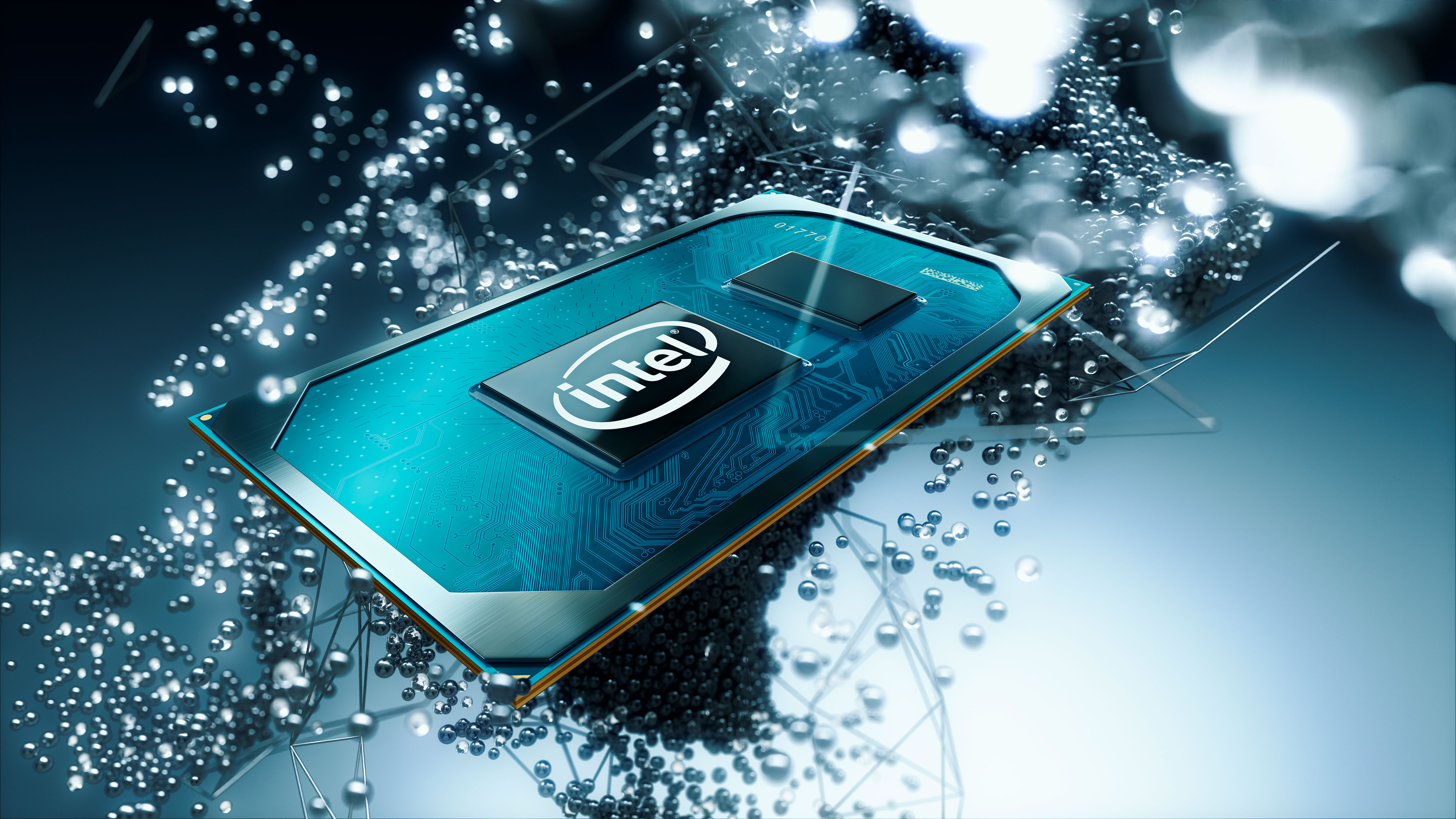Intel Terminates 11th Gen Tiger Lake CPUs, 500-Series Mobile Chipsets

Tiger Lake may not be one of the best CPUs that Intel has released. Nonetheless, the 11th Generation chips with Iris Xe graphics, which replaced Ice Lake, have powered mobile devices and small-form-factor (SFF) systems since 2020. Now that Intel has Raptor Lake out the door, with Meteor Lake coming soon, the chipmaker is ready to pull the plug on Tiger Lake chips completely.
Built on Intel's 10nm SuperFin process node, Tiger Lake primarily targeted laptops. The 10nm chips arrived as the successor to Intel's Ice Lake processors but faced heavy competition from AMD's Ryzen 4000 (codename Renoir) army. The company eventually launched the 65W B-series, allowing its customers to bring Tiger Lake to SFF desktop systems with a BGA solution. Intel started discontinuing some of its Tiger Lake lineup in April of this year. The chipmaker axed some Tiger Lake-H (45W) and Xeon W SKUs, and discontinued the entire Tiger Lake B-series.
Effective June 5, 2023, the remaining Tiger Lake SKUs, including the Tiger Lake-H35, UP3 (formerly U-series), and UP4 (formerly Y-series) variants, have reached end-of-life (EOL) status. Now that almost the entire Tiger Lake portfolio is retired, it's logical that Intel will also stop producing the 500-series mobile chipsets. The company has announced the EOL status for the HM570, WM590, and QM580 chipsets. Intel has given its customers up to October 27 to put in their last Tiger Lake and 500-series mobile chipset orders. The chipmaker will ship the final orders for the processors and chipsets by December 29, 2023, and June 28, 2024, respectively.
Intel has taken the opportunity to clarify that there will be no changes for its embedded customers. The embedded Tiger Lake UP3 processors and corresponding 500-series mobile chipsets will continue to live on until further notice. Intel generally produces embedded processors for a more extended period than its client counterparts. The reason is that the embedded market demands long-term production.
As a result, Intel moved the support of embedded Tiger Lake products and 500-series mobile chipsets, including RM590E, HM570E, and QM580E, to the Intel Embedded Architecture. The terms, conditions, and pricing will be effective for all customers after June 28, 2024.
Even though Intel has new mobile chips on the market, there are still many Tiger Lake-powered laptops, NUC systems, and motherboards. However, those are likely the remnants of the 10nm chips, and it's doubtful we'll see any new products based on the now-EOL chips going forward.
Get Tom's Hardware's best news and in-depth reviews, straight to your inbox.

Zhiye Liu is a news editor, memory reviewer, and SSD tester at Tom’s Hardware. Although he loves everything that’s hardware, he has a soft spot for CPUs, GPUs, and RAM.
-
Adios! to the LAST official family from Intel to support AVX-512 instruction set. I hope they bring this back in future client processors !Reply
Leaker @OneRaichu also mentions another possibility and that's AVX-256 Plus for consumer grade client processors, once Meteor Lake and Arrow Lake chips launch.
1651945951857344512View: https://twitter.com/OneRaichu/status/1651945951857344512 -
bit_user Reply
You took the words out of my mouth. Anyone who wants or needs it will either have to pay $$$$ for Xeon W or go with Zen 4.Metal Messiah. said:Adios! to the LAST official family from Intel to support AVX-512 instruction set. I hope they bring this back in future client processors !
Tiger Lake was pretty much everything Ice Lake should've been. Had it come along in 2019, it would've really dampened Zen 2's penetration of the laptop market. -
Replybit_user said:You took the words out of my mouth. Anyone who wants or needs it will either have to pay $$$$ for Xeon W or go with Zen 4.
Tiger Lake was pretty much everything Ice Lake should've been. Had it come along in 2019, it would've really dampened Zen 2's penetration of the laptop market.
Yeah, indeed. They would have captured a lot of laptop market share had intel not overlooked to this lineup of processors.
Also, the slightly refined Willow Cove architecture did offer some nice gains in the efficiency and performance department. The 10nm++ process which was also categorized under the "SF" or SuperFIN branding also had much better yields, allowing for more powerful variants such as the Tiger Lake-H and Tiger Lake-B series to appear, at least at that time. -
bit_user Reply
It seems like the main gains in performance were mainly due to 10nm SF clocking higher. The improvement in yield allowed for an 8-core HX variant, unlike Ice Lake. Their NUC Extreme featured this model, showcasing the kind of performance it could deliver in a 65 W power budget.Metal Messiah. said:Also, the slightly refined Willow Cove architecture did offer some nice gains in the efficiency and performance department. The 10nm++ process which was also categorized under the "SF" or SuperFIN branding also had much better yields, allowing for more powerful variants such as the Tiger Lake-H and Tiger Lake-B series to appear, at least at that time.
Tiger Lake was also the first to feature Xe, which it did at up to 96 EU. -
Regarding AVX-512, AWS Cloud engineer, Longhorn (@never_released) stated that the AVX-512 support is coming back to Intel's client CPUs, & that has been the plan for a while though we might have to wait and see which exact generations bring it back.Reply
Also, there are reports that Intel might rename AVX-512 to something else for client CPUs.
1651848114544820224View: https://twitter.com/never_released/status/1651848114544820224